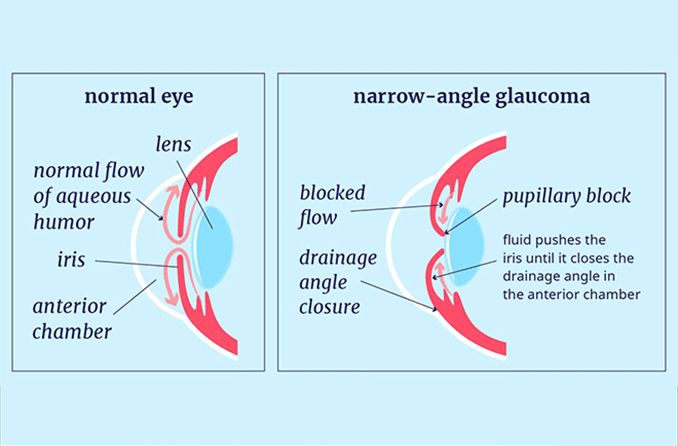Glaucoma is an eye disease that affects the cornea and can result in permanent vision loss if left untreated. Early detection and treatment can often prevent a person from losing their sight completely.
Some of the most common eye symptoms of glaucoma include blurry vision, seeing rainbow-colored circles around bright lights, or even seeing double images at different times of day. It can also be more severe in one eye, but both eyes usually affected. Very rarely, glaucoma may develop suddenly and affect: extreme eye pain or nausea.
If glaucoma is detected early, the risk for vision loss can be reduced significantly. The first step to prevention is to know your risks. This will help you take preventive action and ensure that treatment is available when it is needed. These include: being a healthy weight, avoiding drugs and tobacco use, and avoiding any kind of environmental pollutants. Your lifestyle, including the type of contact lenses you wear and whether you smoke, should also be taken into account.
There are four main types of glaucoma, but not all forms are considered dangerous and serious. The four most common are:
ocular hypertension – this occurs when the pressure in the eye increases. It is often the result of an increased intraocular pressure (IOP), which occurs from being overweight, smoking, and having a sedentary lifestyle.
ocular hypertension – this occurs when there is inadequate blood supply to the eye, resulting in temporary vision loss. This can occur due to infection or injury, or even from the body's reaction to certain medications. In some cases, the lack of circulation may even be a side effect of some medication. This can be treated by intravenous medications or laser surgery. In some instances, surgery is necessary to repair the eye itself.
ophthalmic glaucoma – this occurs when glaucoma is caused by damage to the optic nerve. When glaucoma occurs inside the eye, it can cause severe pain, vision loss, and eventually blindness.

Glaucoma can be treated with surgery or vision therapy. Vision therapy is often the best option because it helps improve your vision, reduces your risk of vision loss, and improves your quality of life.
Surgery for glaucoma usually involves removing part or all of the affected eye. This is often the first step towards prevention, as surgery often prevents further problems. This can be used along with the use of prescription glasses or contact lenses, which play an important role in your overall vision care plan.
Glaucoma can be treated with both local and general anesthesia. Local anesthesia is more effective, but also has unwanted side effects. General anesthesia can be used, but it also has many unwanted side effects. The local anesthetic is usually given for a short time to improve visual acuity and reduce the risk of infection.
Surgical methods have proven to be very effective for the treatment of glaucoma. One of the most common surgical methods is LASEK laser glaucoma surgery. This method involves using a laser to remove the iris and lens from the affected eye and replace them with new ones made of plastic, as shown at Produk Kesehatan Indonesia. If left untreated, this surgery can result in partial or complete loss of vision in both eyes.
Glaucoma laser surgery is generally the cheapest and most effective because it does not use anesthesia and is non-invasive. This technique is also known as excimer laser surgery, after its inventor, the German doctor Karl Josef Glaucoma.
Another option is open laser glaucoma surgery, which uses powerful laser beams to treat glaucoma. This method is used more for cosmetic purposes than for treating the underlying eye.